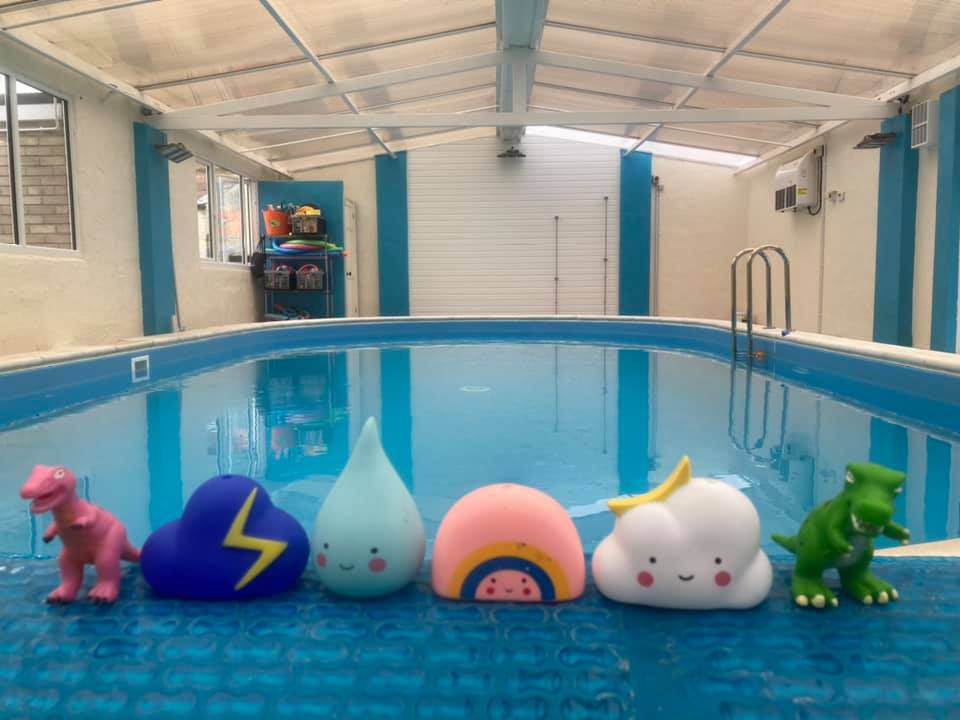
We would like to bring the joy of being in the water to our swimmers. To teach them how to learn from the water - the best teacher ever
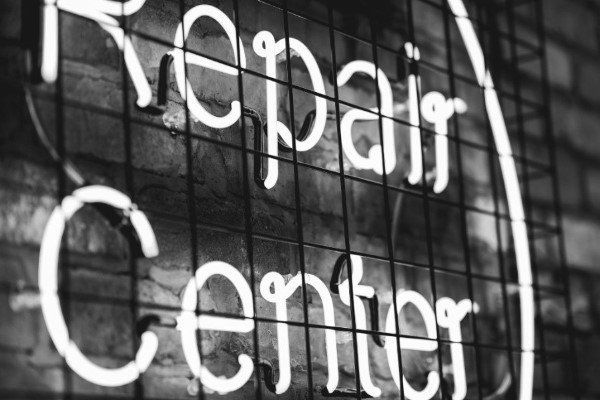
Part 2 "WHAT IS IN YOUR BUCKET: The body doesn't come with user manual" can be found here
I often think about that Jag when I think about modern approach to human health and pains, especially muscular-skeletal pains.
What will be the first question your GP asks if you come with back pain complaints?
I know that my GP will ask. "Did you try over the counter pain killers or anti-inflammatory?"
He will not be interested in the cause of the pain and it will be a miracle if he actually looked at, palpated the area and examined my movement.
The next step will be waiting another couple of weeks (taking painkillers) to see if the problem magically resolves itself. Sometimes it does.
If it doesn't weeks in pain can affect your wellbeing. Your sleep, your life style, your mood. You will be moving differently, protecting the painful area. Commonly, activities will be altered or stopped to avoid pain. You will start moving oddly, creating further misbalance in the body. That, potentially, will create more pain elsewhere.
In few weeks you will be offered stronger pain killers, often Opioids, while you will be waiting for Physio. By then lots of us are so tuned to the 'magic fixing pill' idea that our expectations of the Physio will be wrong. He will be expected to provide a fix there and then, without us being involved. What most of us don't realise is that even if prescribed exercises are done to satisfactory level, the pain still may be there because... again, WE DON'T HAVE A USER MANUAL . NHS situation with physiotherapists us quite sad. They just not given enough time to think things through and often have to work by common routines. Which saves time but doesn't take into the account that we all are very different. Some NHS trusts have started Physio back pain management classes where exercises delivered from TV screen without anybody watching and correcting patients. It is not surprising that most of the pain suffers are going back to the GP with the same pains. You mood is all over the place so anti-depressants are given to help you to cope.
Finally you were referred to the hospital where, after waiting couple of months, you have an MRI scan and are told that you have herniated disks that press on the nerve root! Hurray! You have a diagnosis that means that you can be ... FIXED (or at least explain why you are still in pain).
You have a steroid injection and... MIRACLE. Pain gone. What you probably were not told that steroid injections weakens surrounding tissues, from bones to muscle and ligaments and in long term. The effect of steroids can last only a few months.
Often, when the steroid effect wears off, the body is left in a worse state than before and an operation is the only way to go. Spine fusions, knee, hip replacements, tissue re-connection. Amazing achievements of modern medicine, but the question is WILL THIS MAKE YOU PAIN FREE? Will it provide so much needed FIX? Will you finally be free? Will it address the cause of the problem, or just try to treat the symptoms?
CAN THE SYMPTOMPTOMS BE TREATED SUCCESSFULLY WITHOUR ADDRESSING THE RUTE OF THE PROBLEM?
I will leave you to judge.
I will leave you to think WHAT IS IN YOUR BUCKET - THE BUCKET OF PAIN
Part 1 "WHAT IS IN YOUR BUCKET: Is 'quick fix' possible is regards to health?" can be found here
Part 2 "WHAT IS IN YOUR BUCKET: The body doesn't come with user manual" can be found here
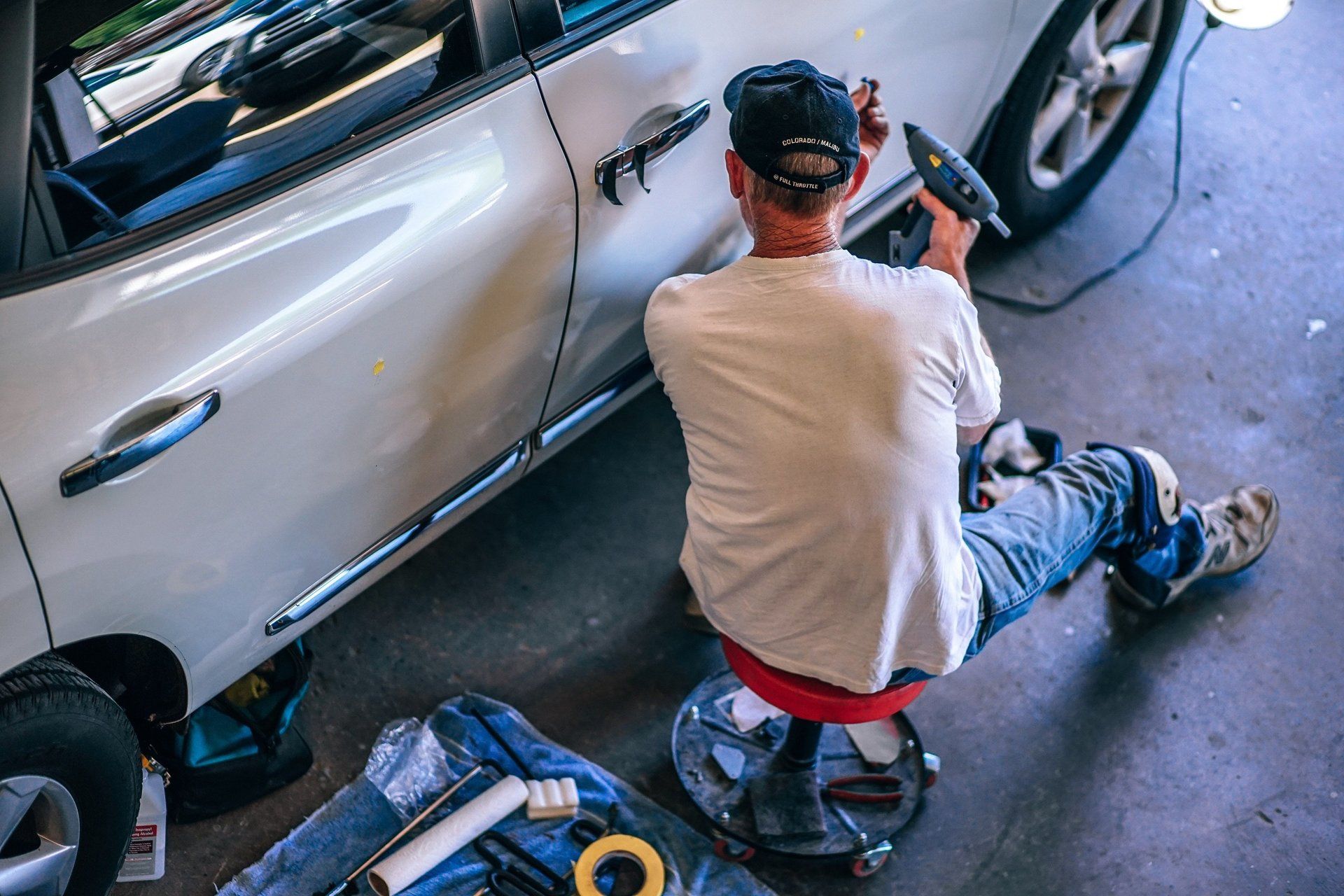
But enough about health for a bit. Let's talk about ... cars.
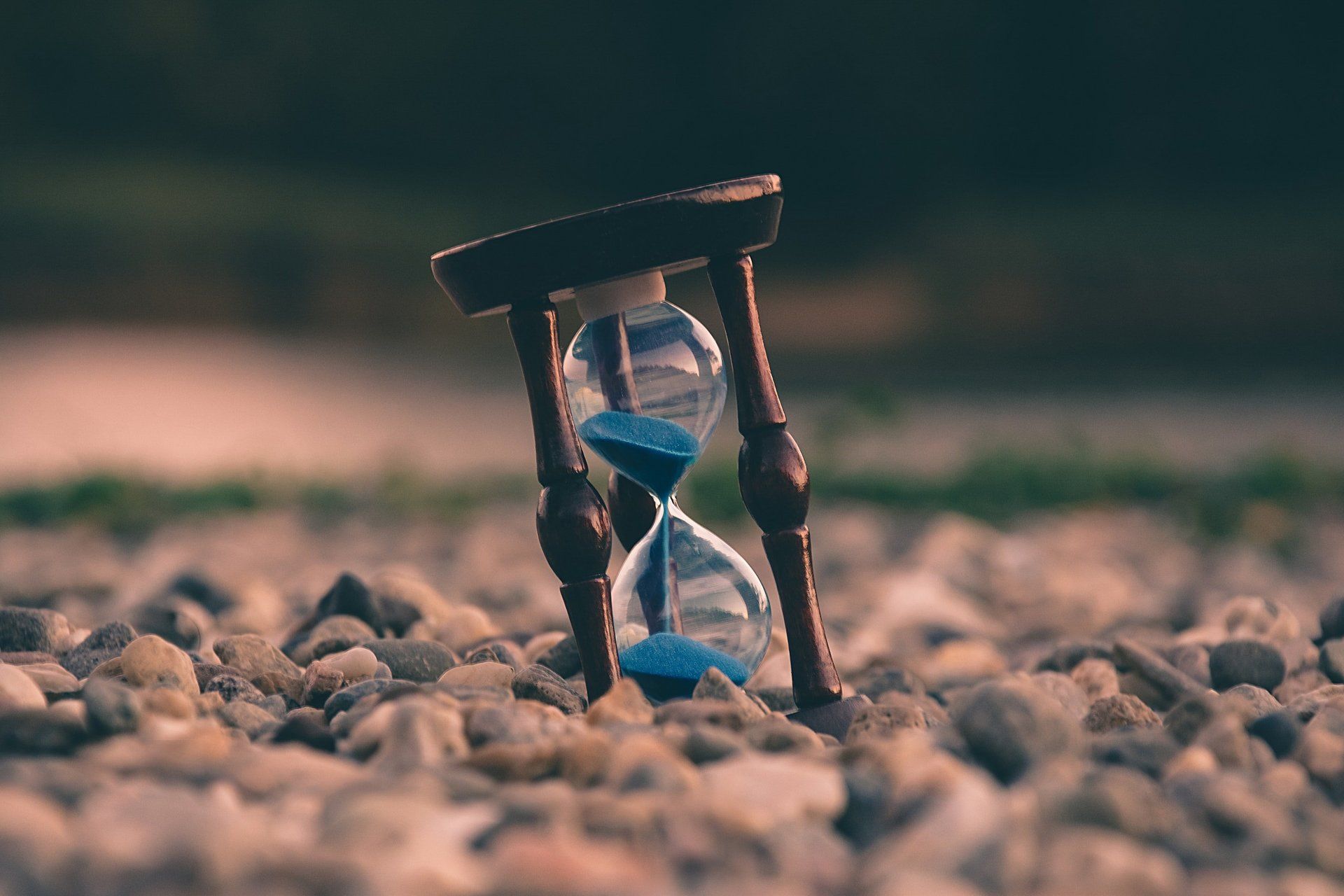
Our world is an exceptionally busy place. What is the most precious thing for most of us? Is it our Family? Friends? House? Money? Job? Think about it. What most of us don't have enough of.... For me the answer is TIME. Days fly by. Kids-work-study-kids-work-bed. Day after day. I fit an occasional run or a class in the gym. It is MY time. Study is MY time as well. Writing this article is also MY time as I love what I do. The fact is - I am lucky to have MY time - lots of my friends and clients don't.
With such a busy life and lack of MY time to address MY problems we all want quick fixes if something goes wrong. We go to the doctor and most of the time doctor will give us a tablet and the tablet will often make us feel better.
The question is - will it make your body WORK better? Will it be healing, or masking the problem? Will it be trying to address symptoms or ROOT causes?
To be continued .....
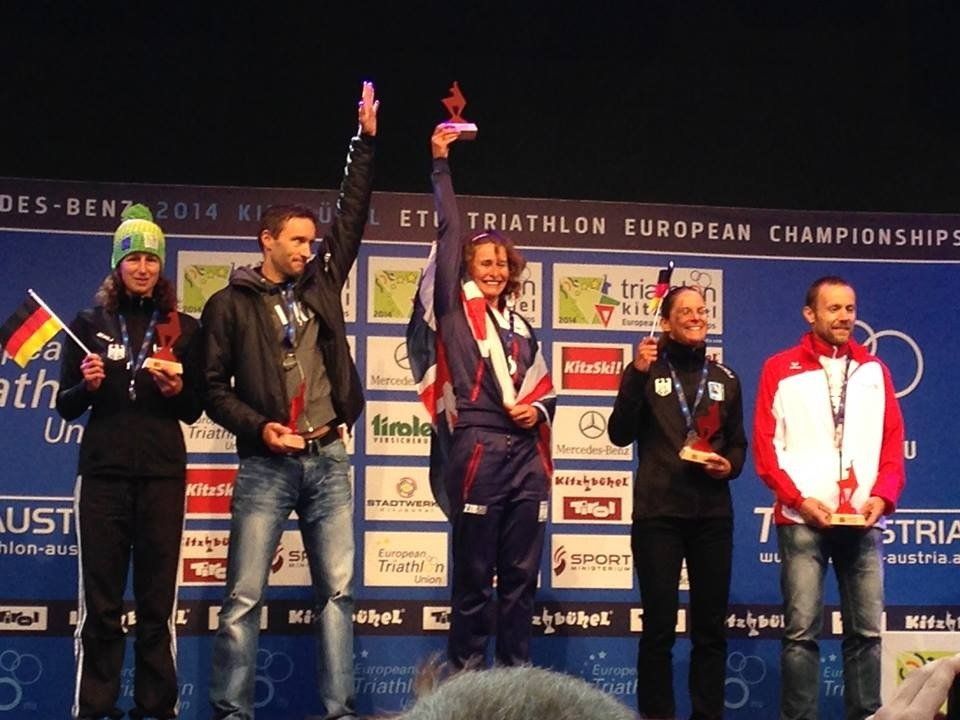
I enjoyed a distinguished early sporting career as a swimmer and competed at District and National Level culminating in finishing 3rd in the National Championships 2 years running at the ages of 11 and 12.
In 2001 I met my future husband John Brightwell while working on a project for the UK Company he worked for. We were married in 2002 and in 2003 my son Andrey and I moved to the UK and began a new life in my husband's home town of Dartford in Kent.
My second child Natasha was born in 2007. In order to get back in shape I started running and competed in a number of half marathons which I enjoyed greatly. In 2010 David Lloyds in Dartford put on an indoor triathlon competition, I competed and won the event but most importantly found the sport that I now love.
I joined the local triathlon club as well as a running club and a cycling club and started to concentrate on becoming competitive in this sport. From the first race I realised that I could be quite good at Triathlons. 2010 was a learning year but I achieved a few podium finishes. In 2011 I experimented with different distances finishing second in my first Olympic distance and competing in a Middle distance race in the New Forrest. The same year I studied for and achieved a level one Tri Coaching certificate.
My first international appearance was in 2012, Auckland,NZ where I competed in World Triathlon Grand Final. I came 4th in my age group in Sprint Triathlon and 7th in Aquathlon.
Triathlon achievements:
| Date
|
Event
|
AG position
|
Gender position
|
| 20/06/2014
|
ETU European championships (sprint)
|
1
|
5
|
| 10/06/2014
|
Bridge Aquathlon
|
1
|
1
|
| 31/05/2014
|
Nottingham tri (sprint)
|
1
|
2
|
| 22/09/2013
|
Anglian water tri (European Q) (Olympic)
|
1
|
6
|
| 13/09/2013
|
ITU world championships London (Sprint)
|
2
|
29
|
| 11/08/2013
|
Bewl water tri (sprint)
|
1
|
1
|
| 07/08/2013
|
Grain 10 mile Time trial
|
1
|
1
|
| 07/07/2013
|
Sussex Tri festival (Sprint)
|
1
|
1
|
| 02/07/2013
|
Cyclopark Time Trial 10miles
|
1
|
1
|
| 23/06/2013
|
Bridge Triathlon (Olympic)
|
1
|
1
|
| 18/06/2013
|
Bridge auathlon
|
1
|
1
|
| 09/06/2013
|
White Oak Tri (Sprint)
|
1
|
2
|
| 23/06/2013
|
Grendon tri (European Qualifier) (Sprint)
|
1
|
4
|
| 20/10/2012
|
ITU world championships, NZ (Sprint)
|
4
|
20
|
| 17/10/2012
|
ITU word aquathlon, Auckland, NZ
|
7
|
|
| 29/09/2012
|
Hever tri (sprint)
|
1
|
1
|
| 12/08/2013
|
Bucklers Hard Triathlon (Olympic)
|
1
|
2
|
| 09/06/2012
|
bexhill tri (Sprint)
|
2
|
2
|
| 27/05/2012
|
Big cow age group national (sprint)
|
7
|
29
|
| 20/05/2012
|
Dorney lake (World Q) (Sprint)
|
1
|
7
|
| 25/9/2011
|
New forest (middle distance)
|
2
|
7
|
| 26/6/2011
|
Bridge tri (Olympic)
|
2
|
2
|
| 10/04/2011
|
Sevenoaks tri (sprint)
|
1
|
1
|
| 19/09/2010
|
big cow tri (sprint)
|
7
|
7
|
| 18/08/2010
|
mid week tri Dorney (sprint)
|
2
|
3
|
| 14/08/2010
|
eltham aquathlon 500/5k
|
1
|
7
|
| 11/07/2010
|
White Oak triathlon(sprint)
|
2
|
3
|
| 06/06/2010
|
Cranbrook tri (Sprint)
|
1
|
1
|
| 23/05/2010
|
bexhill tri (sprint)
|
4
|

